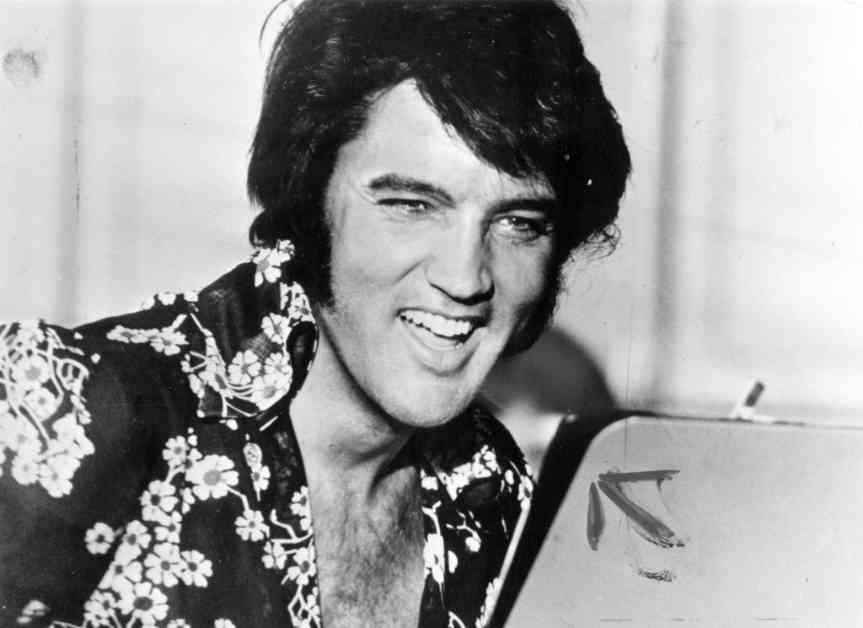The theft of the Elvis Presley sculpture at Jolene, a New York restaurant in 2021, may not involve millions of dollars in paintings, but its significance goes beyond the monetary value. This peculiar incident has captured the attention of the art world, particularly due to the involvement of a notable artist, Jo Messer.
Artist Jo Messer, known for her solo exhibitions at prestigious galleries such as 56 Henry and Morán Morán, reportedly played a role in the mysterious disappearance of the Elvis bust alongside her father, Sam Messer, and her mother, Eleanor Gaver, a filmmaker. The story, recently highlighted in the New Yorker, sheds light on the events leading up to and following the theft, revealing a complex web of relationships and motivations.
### A Family Affair: The Elvis Sculpture Heist
According to the New Yorker, Eleanor Gaver originally acquired the Elvis sculpture in 1984 and proudly displayed it in the window of the Great Jones Cafe, where she was employed at the time. Following the closure of the cafe in 2017 and its subsequent transformation into a new restaurant called Jolene in 2019, Gaver decided to reclaim the iconic sculpture, which held sentimental value for her and her family.
In a daring move in 2021, Gaver, with the assistance of her husband, entered Jolene and retrieved the Elvis sculpture, much to the surprise of the restaurant staff. Jo Messer, who accompanied her parents during the heist, later engaged in a dialogue with Vishwas Wesley, the general manager of Jolene, expressing her bewilderment at her father’s decision to leave their contact information behind. Despite the unconventional circumstances, Jo left Wesley with a token of goodwill in the form of $100.
### A Clash of Histories: The Aftermath of the Heist
The aftermath of the Elvis sculpture heist at Jolene did not unfold quietly. Jo Messer’s interactions with the restaurant on social media platforms like Instagram ignited a public outcry, with New Yorkers expressing their opinions on the contested ownership of the sculpture. In response to Jolene’s claims that the Elvis bust held significant historical value for the East Village community, Jo emphasized the personal connection her family had with the artwork, challenging the restaurant’s narrative.
As the New Yorker delves deeper into the story, revealing details of a police investigation, the involvement of acclaimed novelist Jonathan Safran Foer, and allegations of intellectual property disputes involving Jolene and artist John Baldessari, the complexity of the situation becomes increasingly apparent. The intertwined threads of art, family dynamics, and community history create a rich tapestry of intrigue that captivates readers and underscores the multifaceted nature of artistic expression.
The saga of the Elvis sculpture heist at Jolene serves as a compelling reminder of the blurred lines between art, ownership, and cultural heritage, prompting us to reflect on the intricate complexities that shape our understanding of creativity and its place in society. As the investigation unfolds and new revelations come to light, one thing remains certain: the story of Jo Messer and the stolen Elvis sculpture is far from reaching its final chapter.












